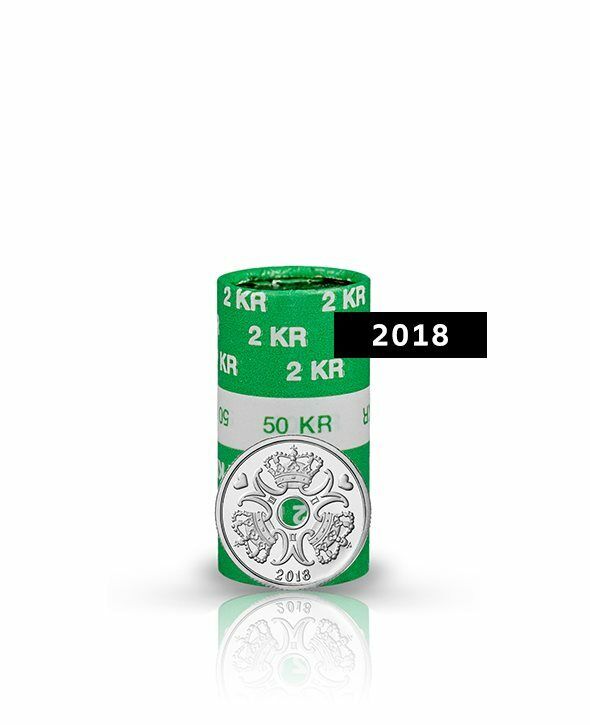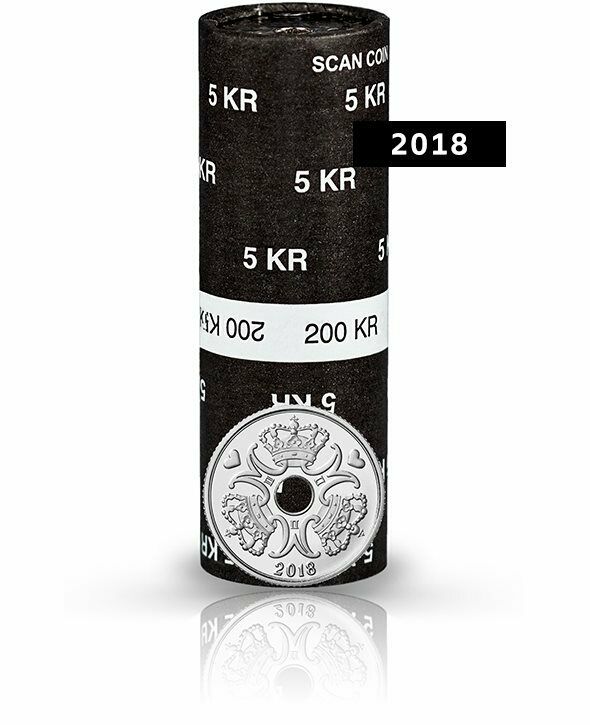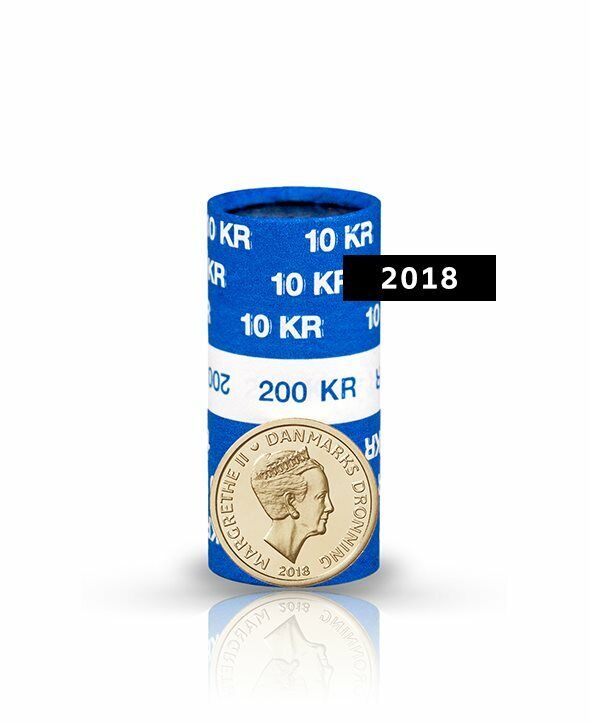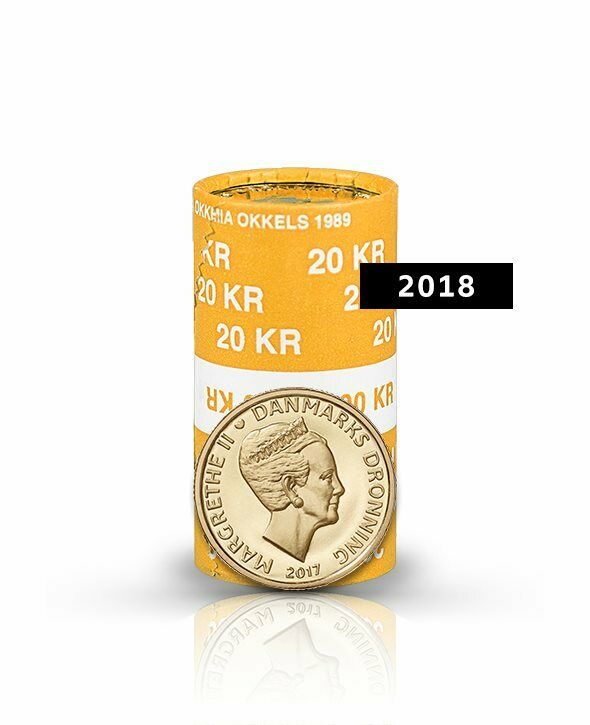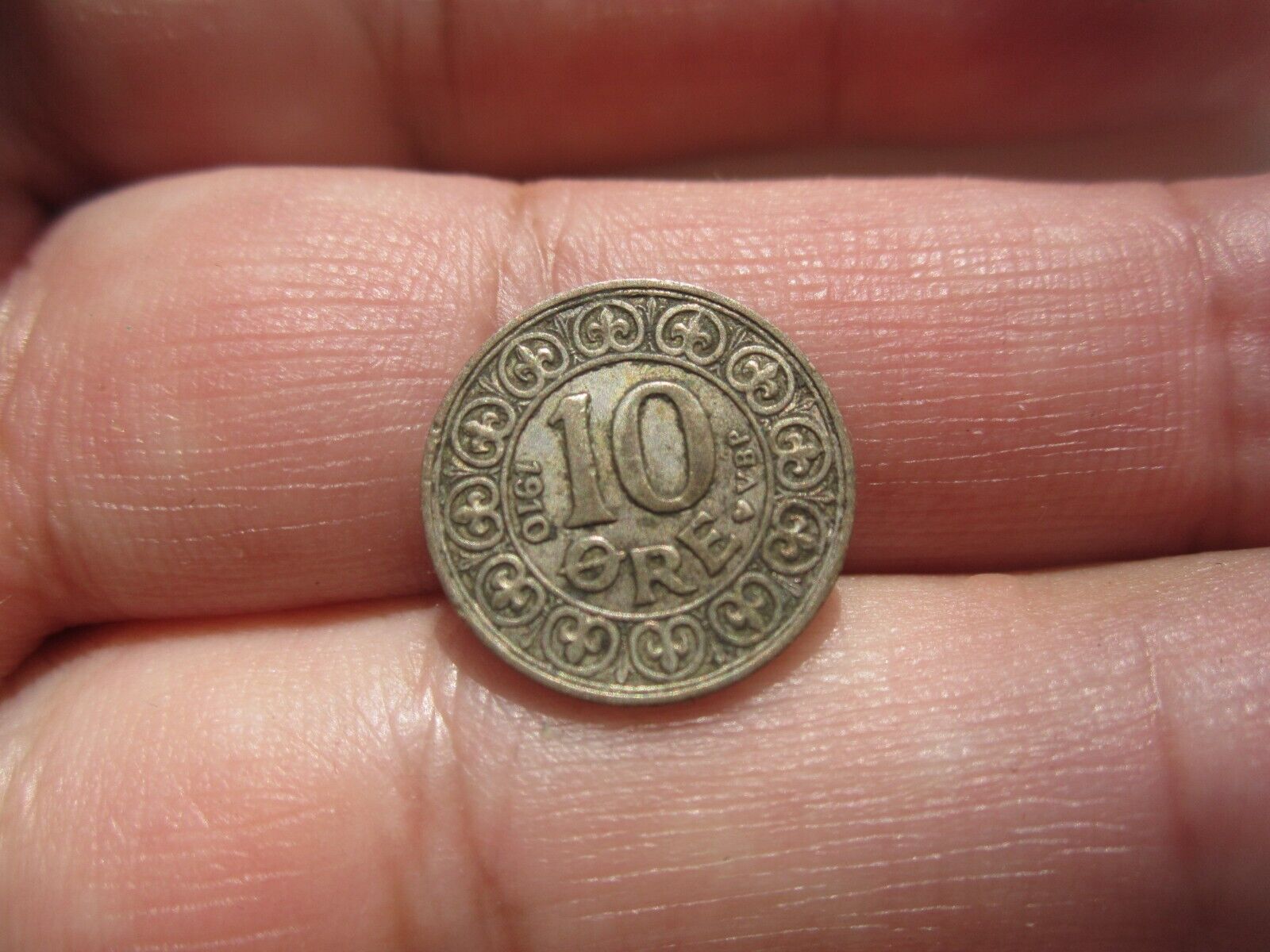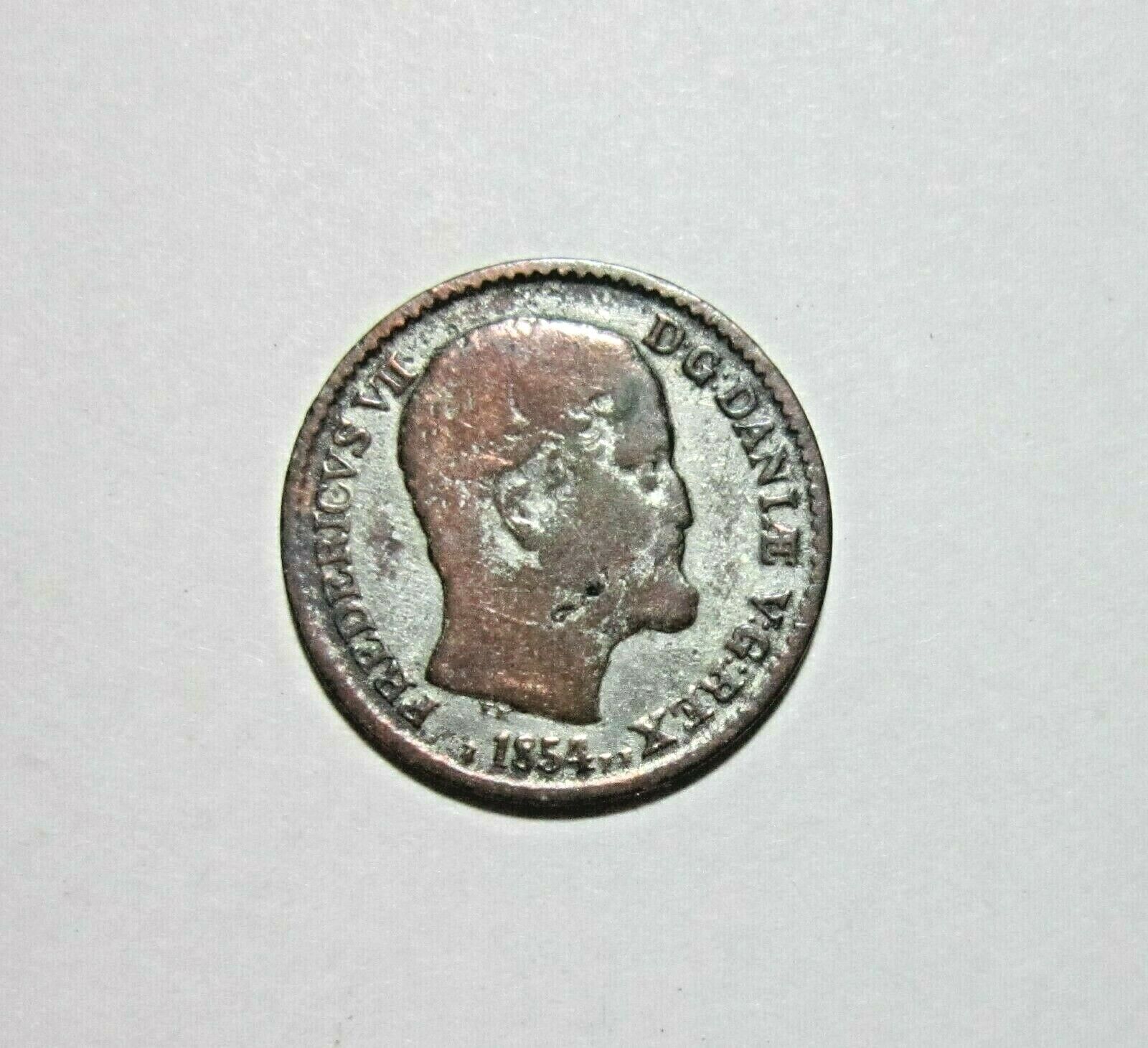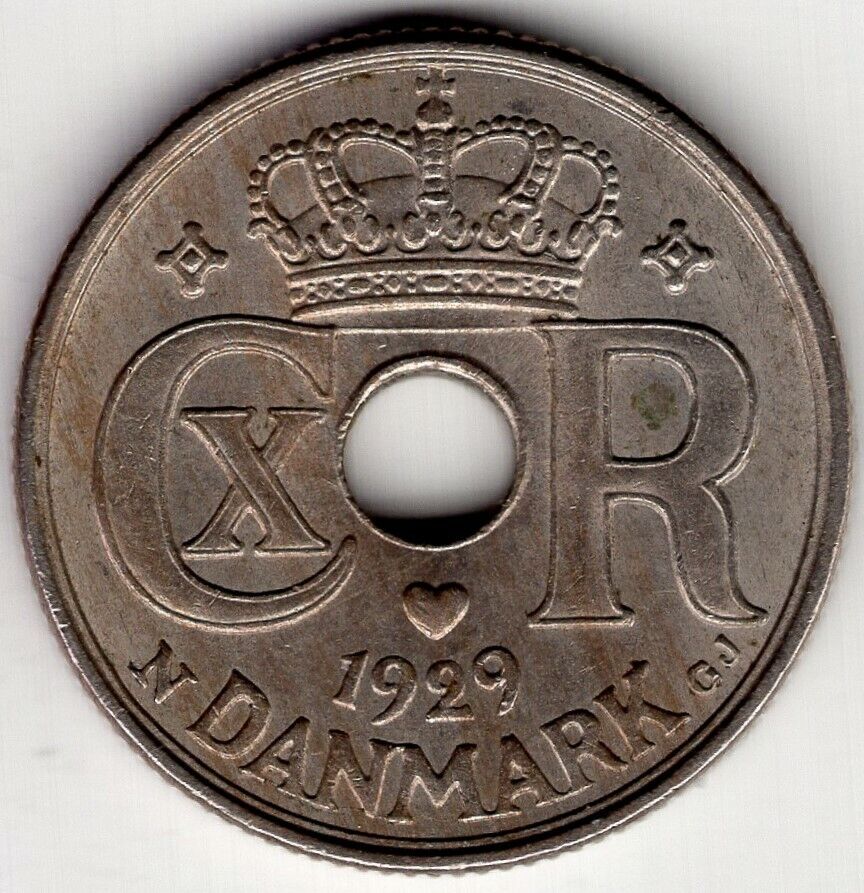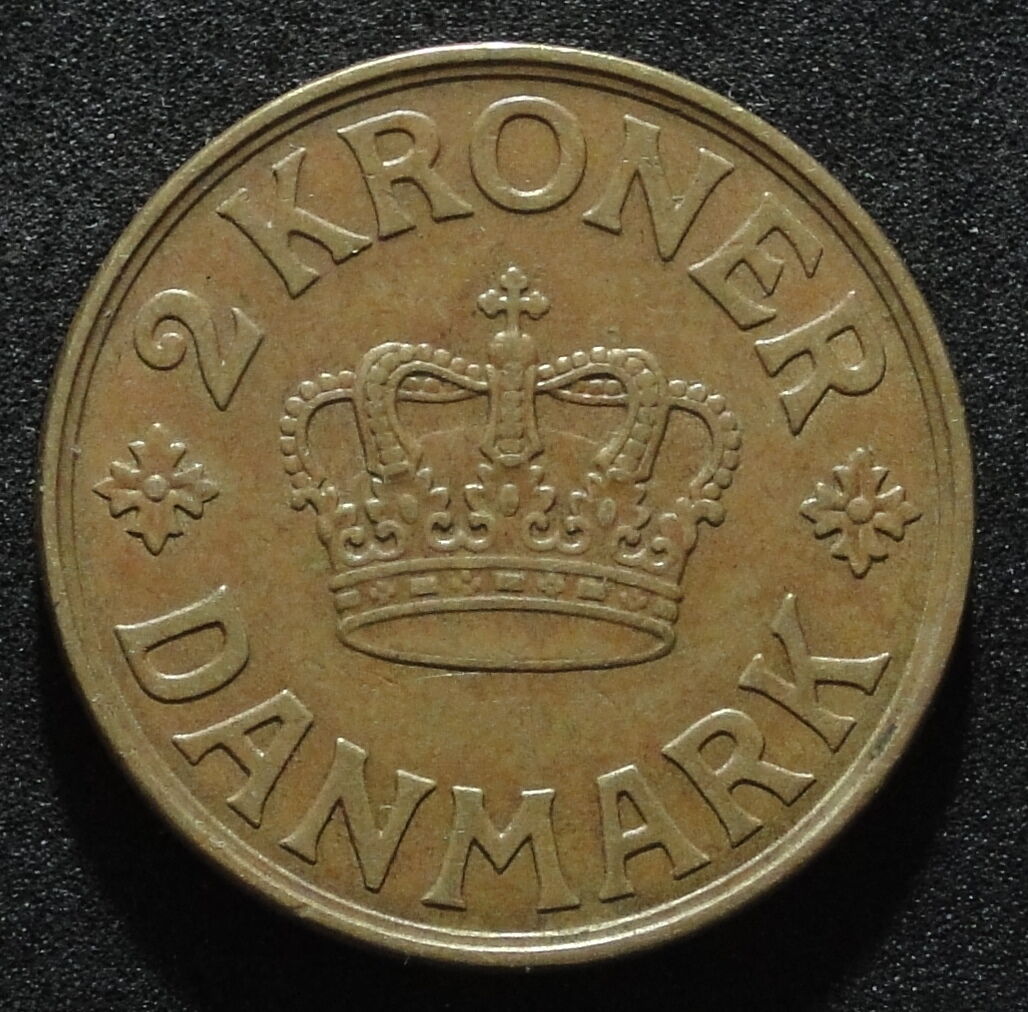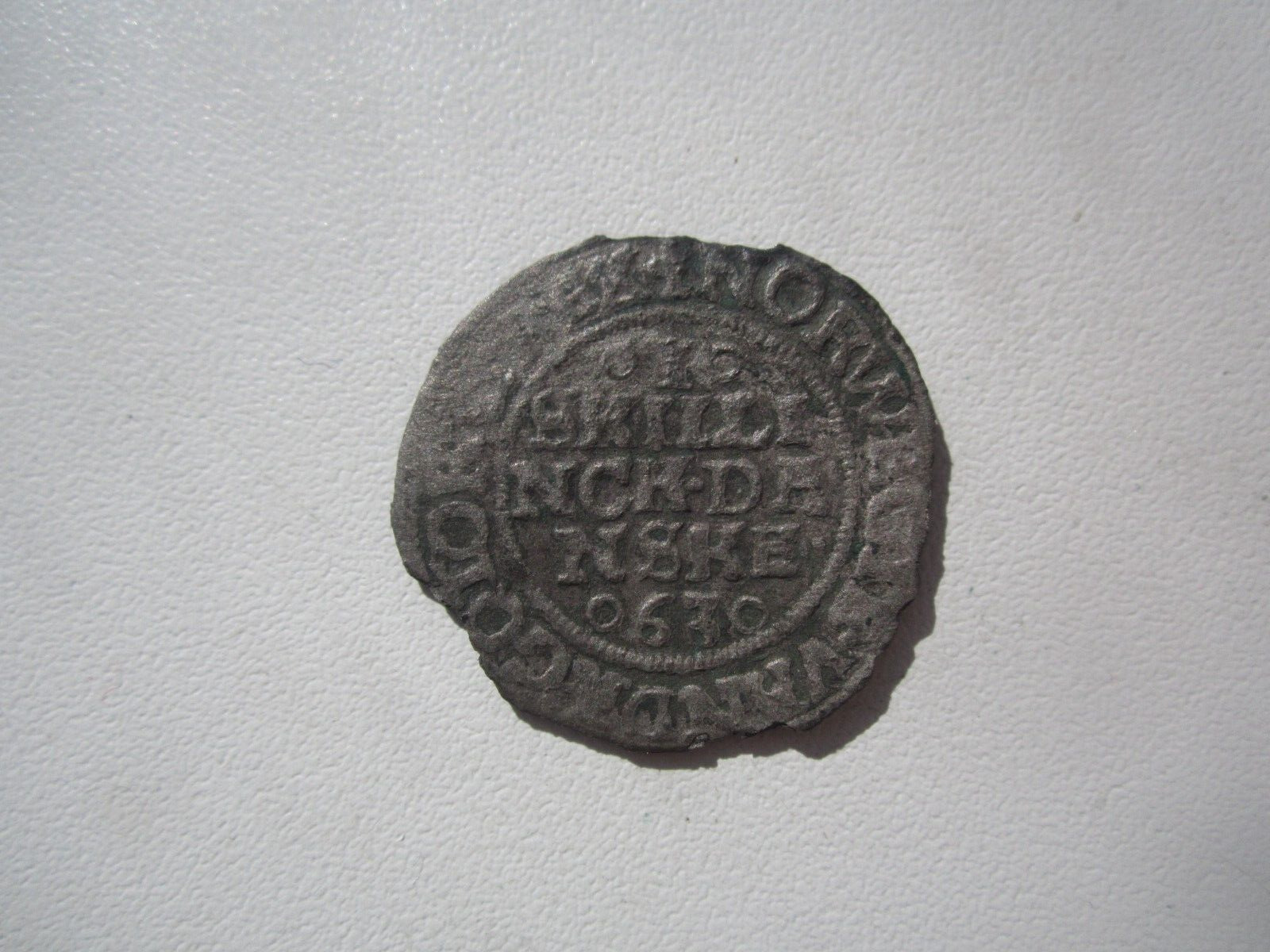-40%
DENMARK 2018 full coin set Uncirculated
$ 5.8
- Description
- Size Guide
Description
ATTENTION! Due to the situation in the air mail service in my country some orders we ship via ground mail, some with cargo or charter flights, the handling time is different for each country - from 5 business days to 30 business days
Order delivery is delayed up to 30 days or more
Shipping Policy
: Items shipped with Economy International Service (without tracking) is non-secured mail and buyer take responsibility for any loss in the mail; delivery is in your own risk. To avoid this risk I recommend using Standard International Service (with tracking). If you buy listed item it is mean that you agree with this shipping policy
If You have any Questions according Your order, please contact me first before leaving negative feedback. I will do my best to solve the problem.
Thank You in advance.
Description:
2018 coin set:
50 Øre 2018, 1 Krone 2018, 2 Kroner 2018, 5 Kroner 2018, 10 Kroner 2018, 20 Kroner 2018
t
he 5
0-øre coins was put into circulation on 3 July 1989.
Obverse
The crown is placed in the centre of the obverse of the coin. The sovereign's crown is the most important Royal and State symbol and represents national sovereignty. Since 1671 the crown of Christian V, which is kept at Rosenborg Palace, has been the Royal Danish crown. The year of minting is seen at the top of the coin.
Reverse
On the reverse of the coin the figure "50" is placed in the centre. The mint mark is a heart indicating the issuing authority, The Royal Danish Mint in Copenhagen.
The use of the heart is a century old tradition, originally indicating the mint master, later the place of minting. Today the mint mark serves no practical purpose since Danish coins are minted at only one place.
1 krone:
O
bverse
The obverse of the coin shows the Queen's monogram in a new artistic interpretation, specially designed for the 1-, 2- and 5-krone coins. The monogram is reproduced three times, interlinked by three crowns. The threefold reproduction of the monogram is deeply rooted in the Danish coin tradition. The reproduction of the monogram deviates from the customary depiction, but is in accordance with coinage tradition.
Reverse
The ornamentation on the reverse is inspired by prehistoric finds. The mint mark is a heart indicating the issuing authority, The Royal Danish Mint in Copenhagen.
The 2-krone coin was put into circulation on 26 January 1993.
Obverse
The obverse of the coin shows the Queen's monogram in a new artistic interpretation, specially designed for the 1-, 2- and 5-krone coins. The monogram is reproduced three times, interlinked by three crowns. The threefold reproduction of the monogram is deeply rooted in the Danish coin tradition. The reproduction of the monogram deviates from the customary depiction, but is in accordance with coinage tradition.
Reverse
The ornamentation on the reverse is inspired by prehistoric finds. The mint mark is a heart indicating the issuing authority, The Royal Danish Mint in Copenhagen.
The 5-krone coin was put into circulation on 10 April 1990.
Obverse
The obverse of the coin shows the Queen's monogram in a new artistic interpretation, specially designed for the 1-, 2- and 5-krone coins. The monogram is reproduced three times, interlinked by three crowns. The threefold reproduction of the monogram is deeply rooted in the Danish coin tradition. The reproduction of the monogram deviates from the customary depiction, but is in accordance with coinage tradition.
Reverse
The ornamentation on the reverse is inspired by prehistoric finds.The mint mark is a heart indicating the issuing authority, The Royal Danish Mint in Copenhagen.
The 10-krone coin was issued in 1989 together with the 50-øre coin as the first coins in the current series. Since then, the motif has been redesigned several times. Since 2011, a portrait of the Queen designed by the sculptor Lis Nogel has been used, and the reverse has been designed by Ronny Andersen, Royal Herald Painter. The 10-krone coin with the modified obverse and reverse design was put into circulation in January 2011.
Obverse
The obverse depicts a portrait of the Queen, in keeping with tradition for the highest denominations in a Danish coin series. The portrait is the work of the Sculptress, Lis Nogel, and was used on the commemorative issued to mark the Queen´s 70th birthday. Between "Margrethe II" and "Danmarks Dronning" is a small heart, called a mint mark. The mint mark is a heart indicating the issuing authority, The Royal Danish Mint in Copenhagen. The year of minting is shown at the bottom of the coin.
Reverse
From 2013 onwards the motives on the reverse of the 10-krone coin have been given a new look based on the original design from 1989. The reverse shows three lions and nine hearts surrounded by a circle with a crown at the top of the circle. Around the circle is shown an ornamentation. The original reverse which was circulated from 1989-2002 was made by Johan Alkjær whereas the new updated version is made by Nationalbankens' own designteam.
The new 20-krone coin with the modified obverse and reverse design was put into circulation in January 2011. The 20-krone coin was first issued in 1990.
Obverse
The obverse depicts a portrait of the Queen, in keeping with tradition for the highest denominations in a Danish coin series. The portrait is the work of the Sculptress, Lis Nogel, and was used on the commemorative issued to mark the Queen´s 70th birthday. Between "Margrethe II" and "Danmarks Dronning" is a small heart, called a mint mark. The mint mark is a heart indicating the issuing authority, The Royal Danish Mint in Copenhagen. The year of minting is shown at the bottom of the coin.
Reverse
The reverse depicts the small coat of arms, also called the national coat of arms. It comprises three lions and nine hearts under one crown. The three crowned lions have been used by Danish kings for the last 800 years. In the 16th century the number of hearts was set at nine. The hearts may not be hearts at all, but heraldic lily leaves (floating hearts) which in turn may be derived from linden leaves. The reverse of the 20-krone coin is designed by the Royal Heraldic Painter Ronny Andersen and is used for coins minted as from 2011.



